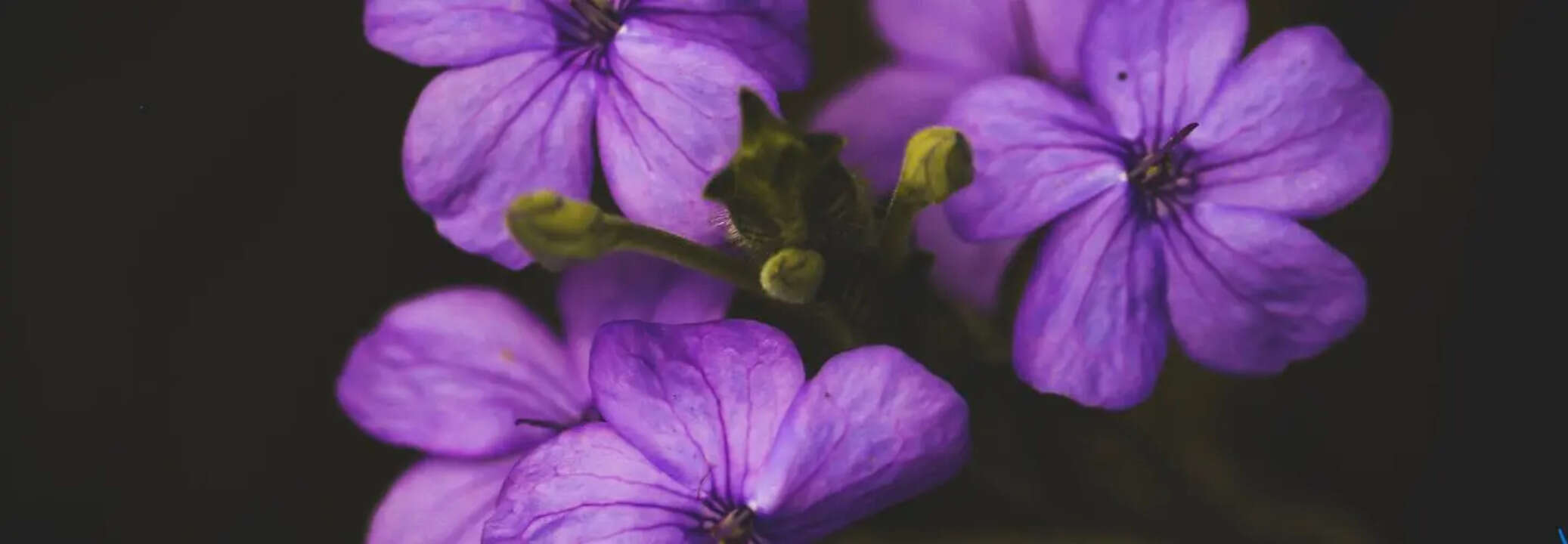Purple Doesn't Exist In Reality—It's How Our Brain Resolves A Visual Dilemma

Credit: Canva
SummaryA new study has upended our perception of the colour wheel, revealing that purple is not a "real" colour in the spectral sense.
End of Article

Credit: Canva